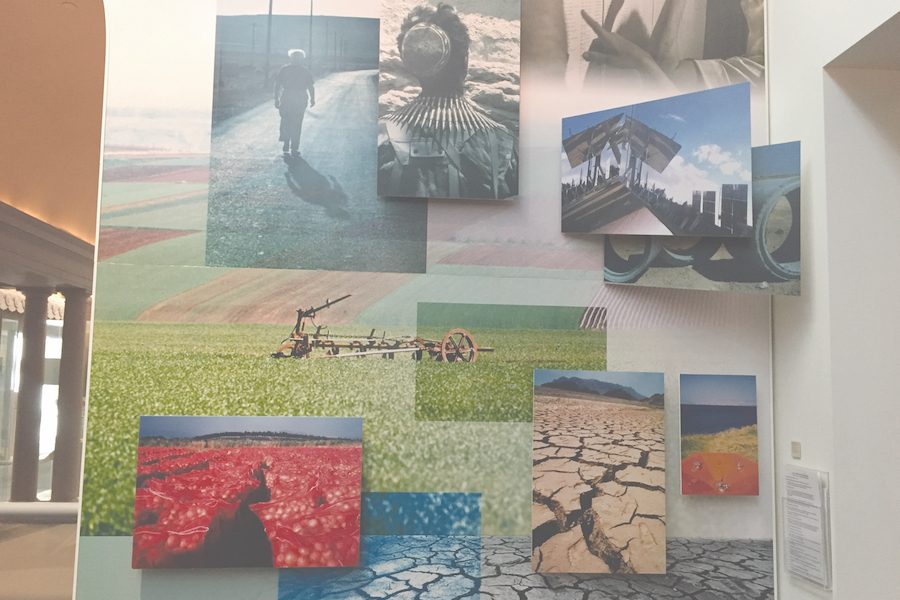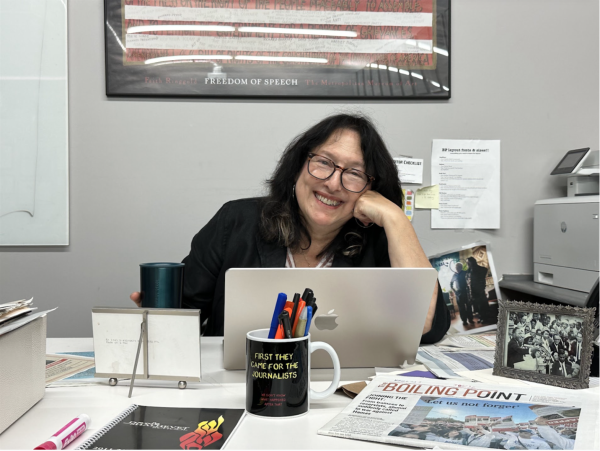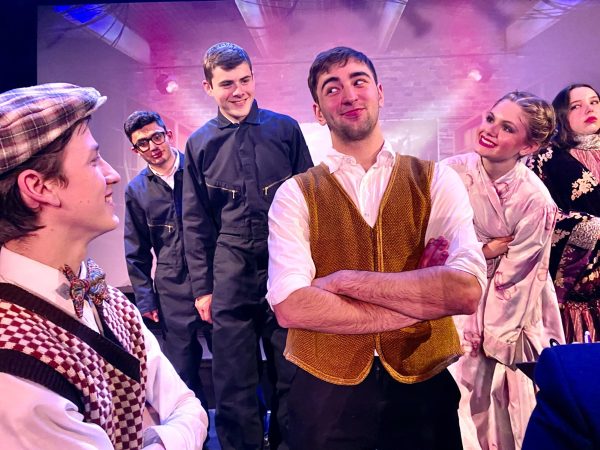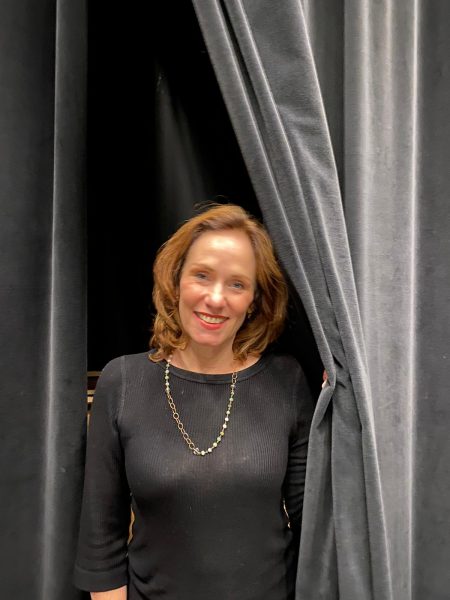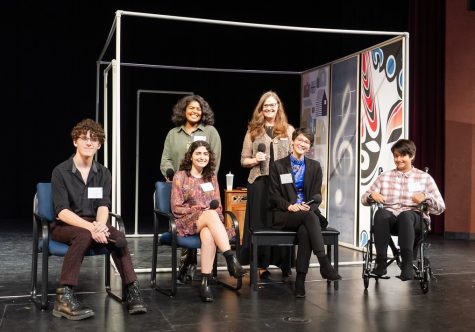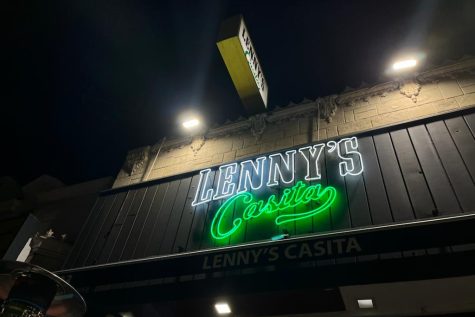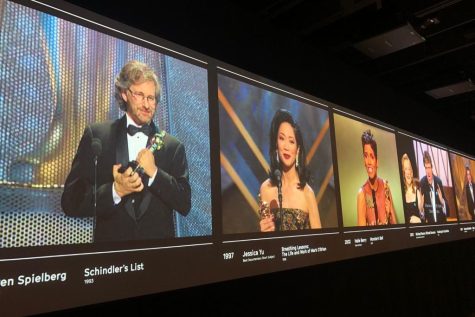Skirball’s ‘Visions and Values’ exhibit is a journey through all of Jewry across all of time
ART: The exhibit displays various paintings and artifacts pertaining to the history of the Jewish people.
It should not have been surprising to find each room opening onto another at an exhibit that promised to cover the span of all of Jewish history, culture and religion.
And yet it was, because each room by itself was so full artifacts and experiences that made Jewish history come alive. From paintings and jewelry to a fully built synagogue where visitors can sit and pray, the Skirball Cultural Center’s Visions and Values exhibition is a wide-ranging, immersive experience where you can view jugs from Biblical times or try on clothes to dress like an immigrant to America.
The purpose of the exhibit, which is a permanent installation is to illuminate the struggles and achievements of the Jewish people over 4,000 years. Galleries have titles such as Beginnings, Daily Life, Sacred Time, Life Cycle, Sacred Space, Passage to America, The Holocaust and Israel.
The entrance gallery hints at this breadth, displaying ancient artifacts including water jugs like those used in biblical times, an intricately decorated Torah, maps representing the Jewish people’s various journeys and ritual objects from many times and places.
Beyond that — like Jewish life itself — the exhibit is not exactly organized. Inside glass display cases are donated heirlooms and artifacts. The rest of the galleries are replications of what Jewish life looked like and how the Jewish people got to where they currently are as a people.
The sections are not arranged according to chronology or theme, and a visitor might peruse a section on Jewish weddings and then walk into Jewish holidays. While there is no set order to the rooms, some exhibits are only accessible through other rooms that you must go through first — for example, a hallway with different rooms to each side, and at the end, what used to be a synagogue called “Hamat Tiberias” in Israel. Crumbling stone floors and walls from the third century fill the exhibit.
This makes some rooms feel seem to be at a start or ending point, but really there is no beginning or end to Visions and Values. A visitor can decide to turn right or left, or outside, so depending on one’s path, there are many ways to experience it.
This, too, reflects the path of the Jewish people in general, and of every individual Jew.
One of the largest exhibits is a room on synagogues. A large replica of a generic shul presents a two real Torahs, a bimah, and an open scroll with a yad, or pointer. On the right, there are benches for praying. Visitors can sit on the benches and experience being in a synagogue.
Behind this section is an explanation of all of the Jewish holidays, including Shabbat; all of the explanations are accompanied by related artifacts or ritual objects.
These two galleries are designed to teach visitors about the everyday life of Jews and make the depictions as realistic as possible, as is another nearby room on Jewish weddings, bar and bat mitzvahs, and births. The walls are lined with mannequins wearing elaborate wedding dresses, and photos of what a Jewish wedding looks like.
Nearby is a room that depicts Jews’ migration to America.A suitcase is full of clothing and objects like those of the early 1900s, when Jews first began to arrive in large numbers in America. Visitors are allowed to try on these clothes and hold replicas of old candlesticks, a menorah, a tallit bag, and period pants and shirts.
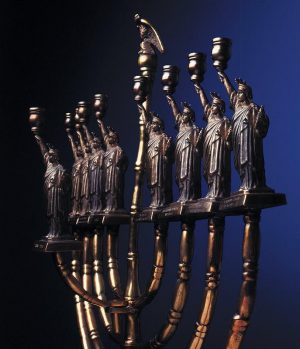
LIBERTY: Jewish freedom in America is honored in this Statue of Liberty chanukiah.
In the middle of the migration section is a giant model of one arm of the Statue of Liberty. At the end of her hand, visitors can enter the Holocaust portion of the exhibit.
“Jude” stars and parts of the Nuremberg laws are on display near the entrance to the Holocaust room. There is a curved hallway that is almost pitch black, aside from the light from the entrance. Along the wall are six faces representing the six million Jews who perished. Past the faces is a memorial candle that leads to the rest of the Holocaust area of the exhibit.
The end of the Holocaust exhibit leads to the room about Israel. This allows for a meaningful transition from a tragedy to a Jewish triumph.
In spite of the many, many choices at Visions and Value, there’s only one way to leave the exhibit, and that is through the “Israel” section, which is filled with colorful and bright pictures of the modern-day state. By the exit, there are screens on each of the walls showing videos of life as a Jew in Israel and life as a Jew in America.
Before coming to this exhibit, I expected a lot less than what was there. Shalhevet students know today’s Judaism pretty well, but much money and care was put into creating a space to portray the everyday life of Jews prior to our current time period. Even a period as recent as the Holocaust is something we study in terms of numbers and events, but we often are not able to actually picture what life was like for ordinary Jewish people at that time.
Vision and Values at the Skirball takes all of Jewish history and brings everything together, and organizes it in such an interactive way. When planning your visit, be sure to leave yourself several hours so you can explore all of the rooms — even the ones about today. Seeing them through the lens of the past they, too, illuminate a chapter of our people’s struggles and achievements.

